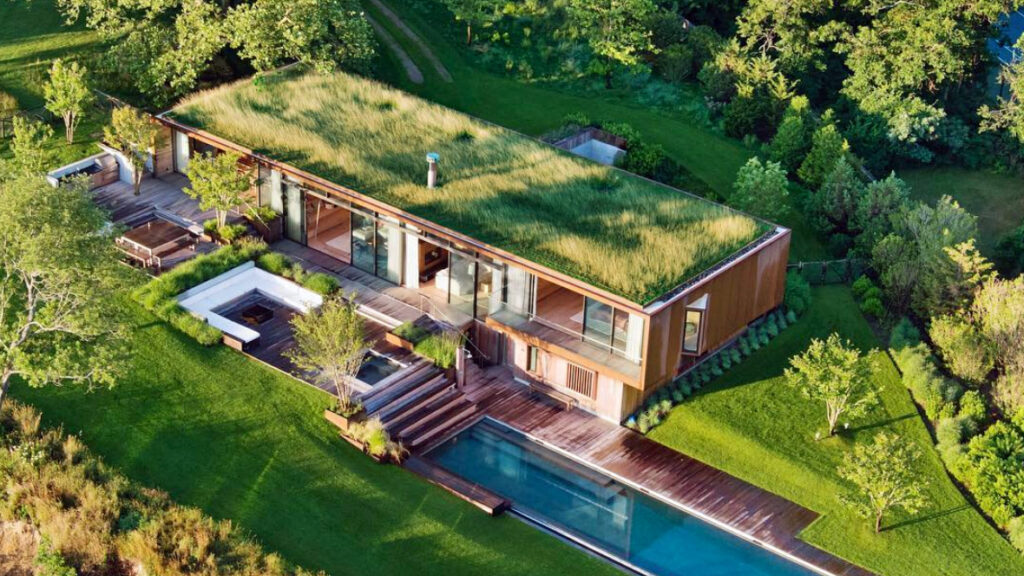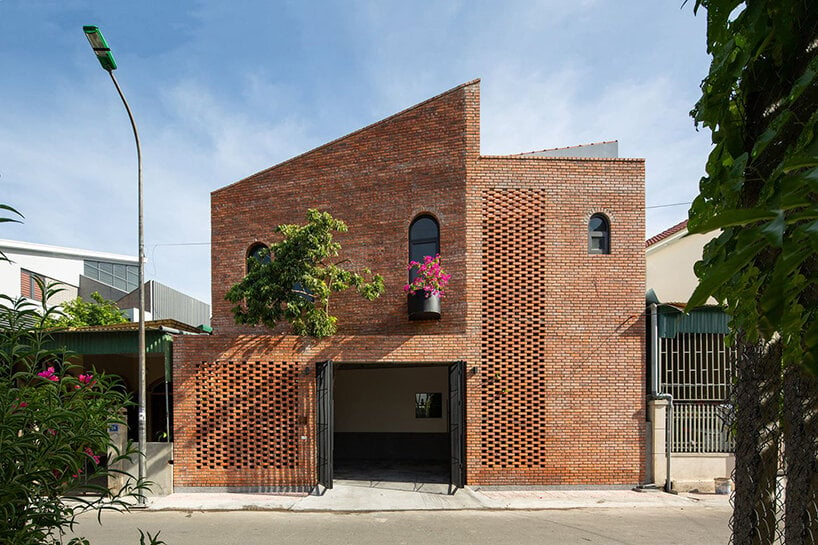Sustainable Architecture design is the practice of designing buildings and other physical structures in a way that minimizes their negative impact on the environment and maximizes their positive contribution to it. This can involve incorporating energy-efficient technologies and materials, designing for passive solar heating and cooling, incorporating green spaces and landscaping, and using locally sourced materials, among other strategies. The goal of sustainable design is to create buildings that are environmentally responsible, resource-efficient, and healthy for the people who use them. It is an approach to design that seeks to balance social, economic, and environmental concerns in order to create a built environment that is both functional and sustainable over the long term.
Why do we need sustainable architecture?
There are several reasons why sustainable architecture is important:
- Environmental impacts: The construction and operation of buildings and other physical structures have a significant impact on the environment. Sustainable design seeks to minimize this impact by using materials and technologies that are energy-efficient and have a low environmental impact.
- Resource conservation: Sustainable design aims to use resources efficiently, which can help to conserve natural resources and reduce the demand for new materials.
- Climate change: Buildings are responsible for a significant portion of greenhouse gas emissions contributing to climate change. Sustainable design can help to reduce these emissions by incorporating energy-efficient technologies and materials.
- Health and well-being: Sustainable design can help to create buildings that are healthy and comfortable for the people who use them, which can improve their overall well-being.
- Economic benefits: Sustainable design can also have economic benefits, such as reducing energy costs and improving the value of a building over time.
What are the Sustainable Design Principles?
There are several principles of sustainable design that can be followed to create buildings and other physical structures that are environmentally responsible and resource-efficient:
- Reduce energy consumption: Sustainable design seeks to minimize energy use and incorporate energy-efficient technologies and materials. This can include designing for passive solar heating and cooling, using energy-efficient appliances and lighting, and incorporating renewable energy systems such as solar panels.
- Use resources efficiently: Sustainable design aims to use resources efficiently, including materials, water, and land. This can involve using locally sourced materials, designing for water conservation, and incorporating green spaces and landscaping.
- Protect and enhance the natural environment: Sustainable design seeks to protect and enhance the natural environment by minimizing the impact of the built environment on it. This can include using materials that are environmentally friendly and incorporating natural elements such as green roofs and rainwater harvesting systems.
- Create healthy and comfortable spaces: Sustainable design aims to create buildings that are healthy and comfortable for the people who use them. This can involve incorporating natural light, proper ventilation, and other features that contribute to a healthy indoor environment.
- Promote social and economic equity: Sustainable design also seeks to promote social and economic equity by creating buildings and spaces that are accessible and inclusive for all members of a community.
10 Ways to Incorporate Sustainable Design into Your Next Build
Here are ten ways that you can incorporate sustainable design into your next build:
- Use energy-efficient technologies and materials: Incorporate energy-efficient technologies and materials such as windows, insulation, and appliances to reduce energy consumption and greenhouse gas emissions.

2. Design for passive solar heating and cooling: Take advantage of natural heating and cooling by incorporating features such as south-facing windows and thermal mass materials.

3. Consider a green roof or wall: Green roofs and walls can absorb and filter stormwater, improve air quality, and provide natural insulation

4. Implement water conservation measures: Reduce water consumption by incorporating low-flow fixtures, rainwater harvesting systems, and greywater reuse systems.

5. Use locally sourced materials: Support local economies and reduce the environmental impact of transportation by using locally sourced materials.

6. Incorporate green spaces and landscaping: Enhance the natural environment and provide benefits such as improving air quality and providing habitat for wildlife by incorporating green spaces and landscaping.

7. Consider the site: Choose a site that is suitable for the proposed development and consider the surrounding ecosystem and natural resources.
8. Design for adaptability and flexibility: Consider designing a building that can adapt to changing needs and future technologies to extend its lifespan.
9. Promote walkability and public transportation: Encourage walking and the use of public transportation by designing a building that is easily accessible and located near amenities.
10. Use recycled and reusable materials: Reduce waste and conserve resources by using recycled and reusable materials.

Recommended Reading: Fabulous Living Room Interior Decor Ideas for Every Home
Did you like this article?
Share it on any of the following social media channels below to give us your vote. Your feedback helps us improve.
















